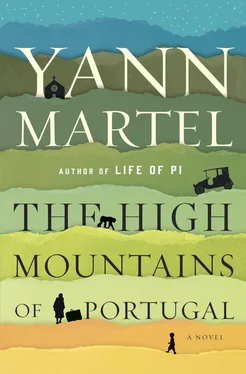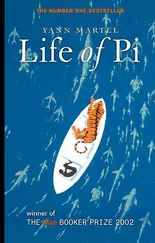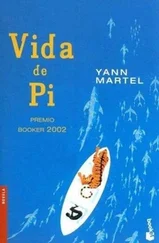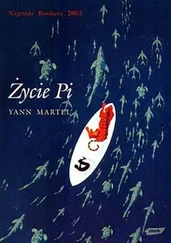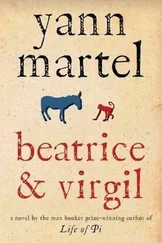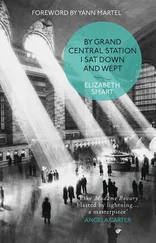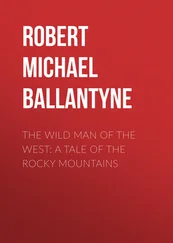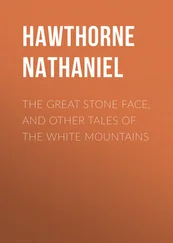“He slipped on a rock,” Maria Castro says.
“It’s a source of no concern. I am only noting it. This external part of the examination is usually cursory, since it adds little to my findings. Disease most often develops from the inside to the outside. So the liver fails before the skin turns yellow, for example. There are notable exceptions, of course: skin cancers, lesions and the like, and accidents. And death by crime often starts on the outside, but that is not an issue here. In this case, the skin has little to tell us.
“Now we must, well, we must enter the body, we must examine it on the inside. It is safe to say there’s no reason to start an autopsy with an extremity, say, the patient’s feet. In pathology, the equivalent of the king and the queen in chess are the thorax and the head. Each is vital to the game, so to speak, and one can start an autopsy with either one. The pathologist’s standard opening gambit is the thorax.”
Eusebio mentally curses himself. Why is he talking about chess? Enough of this prattle!
“I will start by cutting a Y-shaped incision in your husband’s chest, using this scalpel, starting at the shoulders and meeting over the sternum, then heading down over the abdomen to the pubic mound. You will notice that subcutaneous fat is very yellow, and muscles look very much like raw beef, very red. That is normal. Already I’m looking for indicators. The appearance of the muscles, for example, which could signal a wasting disease or a toxic one, such as typhoid fever.
“Next the sternum and the anterior part of the ribs are removed. I will use these curved scissors to cut through the ribs”—his wife uses an identical pair in their garden and swears by them—“making sure not to damage underlying organs. Now the innards are exposed, lying in a colourful mass. I will look to see how they sit with each other. Organs are siblings that work in the same family business. Is there any obvious abnormality that has thrown the family into disarray? Any swelling? Any unusual colouration? Normally, the surface of the viscera should be shiny and smooth.
“After this overview, I need to look at the organs individually. Since we don’t know what brought on your husband’s death, I am inclined to take out his thoracic contents altogether to examine them in continuity, before separating them and studying each component on its own.
“I will ask of each organ roughly the same questions. What is its general form? Is it shrunken or, on the contrary, swollen? The surface of the organ — is there any exudate, that is, any matter that has flowed out? Does the exudate crumble easily, or is it stringy and difficult to remove? Are there any areas that are pearly white, indicating chronic inflammation? Are there cicatrices — scars — or rugosity, wrinkles if you want, a sign of fibrosis? And so on. Next will come the internal examinations. I will incise each organ — I will use this knife — with the idea of assessing its inner condition. The heart is the locus of many pathological possibilities, and I will examine it with extra care.”
He pauses. The woman says nothing. Perhaps she is overwhelmed. It is time to abridge and sum up.
“The abdominal viscera will be next, the small and large intestines, the stomach, the duodenum, the pancreas, the spleen, the kidneys — I will be thorough in my approach.” He sweeps a hand over the torso. “The king is done. Now we can move on to the queen, that is, the head. Examining your husband’s brain and stem will involve removing the scalp by means of an incision and sawing through the skull — but never mind that. Details, details. Lastly, I may examine peripheral nerves, bones, joints, vessels, et cetera, if I feel there is a need. Throughout, I will be excising samples — small bits of organs — which I’ll fix in formalin, embed in paraffin, then slice, stain, and examine under the microscope. This lab work comes later.
“At this stage the essential work on your husband’s body is over, Senhora Castro. I will return his organs to his body and fill any hollowness with newspaper. I will replace the sternum and sew the skin shut, the same with the top of his skull. There, the job is done. Once dressed, your husband will look as if nothing has happened to him and no one outside this room will know better — but science will. We will know with certainty how and why your husband died — or, as you put it, how he lived. Do you have any questions?”
The old woman sighs and shakes her head. Did she roll her eyes?
All right, then. Reluctantly, he picks up the scalpel. “This is the scalpel,” he says.
The sharp blade hovers over Rafael Castro’s chest. Eusebio’s mind is racing. There’s no way around it. He will have to open the thorax. But he will zero in quickly on an organ — the heart. Oh, this explains it. We clearly have our answer right here. We need proceed no further.
“Well, here we go…”
“Start with the foot,” Maria Castro says.
He looks up. What did she say? Did she say pé or fé —foot or faith? And what does that mean, Start with the faith? Does she want him to say a prayer before he starts? He’s happy to oblige, not that he’s ever done that in the autopsy room. The Body of Christ is elsewhere. Here is more simply the body of a man.
“I’m sorry. What did you say?” he asks.
Maria repeats herself. “Start with the foot.”
This time she points. He looks at Rafael Castro’s yellowed feet. They are as far away from the acute myocardial infarction he wants to diagnose as is physiologically possible.
“But Senhora Castro, as I just explained to you, in fact using that very example, it makes no sense to start an autopsy with a patient’s foot. Feet are peripheral organs, both literally and pathologically. And as concerns your husband’s feet, I see no sign of fractures or any other injury — no, nothing at all — nor any sign of a skin tumour or other disease, or any condition at all, bunions, ingrown toenails, anything. There’s some slight peripheral oedema — swelling, that is — but that is normal for someone who has been dead three days. There is also a trace of livor mortis around the heel. Once again, that is normal.”
Maria Castro says it a third time. “Start with the foot.”
He is silent. What a disaster of a night. He should have stayed at home. Not only will he get no work done, but now he has an insane peasant woman in his autopsy room. This is precisely why he went into pathology, to avoid situations like this. He can deal with the clogging and liquefaction of bodies, but not the clogging and liquefaction of emotions. What is he to do? Say no and tell her to go slice her husband’s feet on her kitchen table if she’s so keen on it? That would mean stuffing the old man in the suitcase again, naked this time. And would the old battleaxe go quietly? He doubts it.
He gives up. She will have it her way. He feels like a hawker at a market, selling his wares. Autopsy, autopsy, who wants an autopsy? Don’t hesitate, step right up! Today’s special: Pay for one eyeball, get the other free. You, senhor, how about a testicle, just one testicle for starters? Come on, get your autopsy! Why not start with the feet? If she wants her husband’s autopsy to start there, then let it start there. Whatever the customer wants. He sighs and moves to the distal extremity of the body, scalpel in hand. Maria Castro joins him.
“His foot, you say?”
“Yes,” she replies.
“Do you care which one I start with?”
She shakes her head. He is closest to Rafael Castro’s right foot. He looks at it. In his medical student days he dissected a foot, he vaguely remembers, but as a practicing pathologist, beyond the occasional surface excision, he has never worked on one. How many bones is it again? Twenty-six, and thirty-three joints in each foot? All bound together and operated by an array of muscles and ligaments and nerves. A very efficient arrangement that can both support and transport.
Читать дальше
